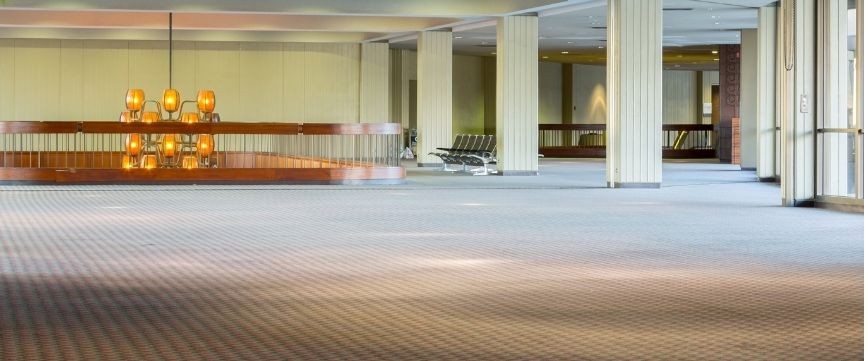Before the implementation of RERA (Real Estate Regulatory Authority), properties were usually sold based on the super built-up area. This often led to confusion among buyers, as terms like carpet area, built-up area, and super built-up area were not clearly understood.
To bring transparency to the real estate sector, RERA introduced new norms requiring developers to sell properties based on the carpet area the actual usable space inside your hom...
Before the implementation of RERA (Real Estate Regulatory Authority), properties were usually sold based on the super built-up area. This often led to confusion among buyers, as terms like carpet area, built-up area, and super built-up area were not clearly understood.
To bring transparency to the real estate sector, RERA introduced new norms requiring developers to sell properties based on the carpet area the actual usable space inside your home.
Let’s understand these three terms in simple language:
Carpet Area
The carpet area is the actual usable area inside your home the space where you can literally lay a carpet.
It includes the area covered by internal walls, but excludes:
• External walls
• Balcony or verandah
• Open terrace
• Service shafts
In short, carpet area = the net usable floor space inside your apartment.
A higher carpet area means more usable space within your home or office.
Built-Up Area
The built-up area is the carpet area plus the thickness of the outer walls and balcony.
It also includes:
• 50% of shared walls (with neighboring units)
• 100% of external walls
So, built-up area = carpet area + walls + balcony.
It gives you an idea of the total constructed area within your unit.
Super Built-Up Area
The super built-up area includes the built-up area plus a proportionate share of common spaces, such as:
• Lobbies and corridors
• Lifts and staircases
• Clubhouse, swimming pool, or garden (in some cases)
In simple terms, it’s the total area including your apartment and a share of the common facilities.
This measure is mainly used in multi-storey or group housing projects.
Why RERA made Carpet Area the Standard?
Under RERA, developers must now sell properties based on carpet area only, not super built-up area.
This ensures that buyers pay only for the actual usable space and helps them understand the real value of their property.
With RERA’s new rules, homebuyers now have a clearer picture of what they are paying for, making property transactions more transparent and fair.
Conclusion
Understanding the difference between carpet area, built-up area, and super built-up area is essential before buying a property. Thanks to RERA regulations, buyers now pay only for the actual usable space the carpet area making real estate transactions more transparent and fair. This clarity helps homebuyers make better decisions and ensures they know exactly what they are investing in.





